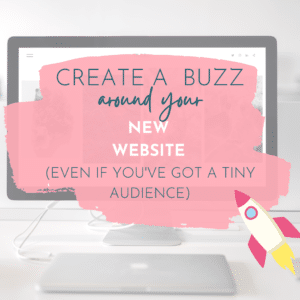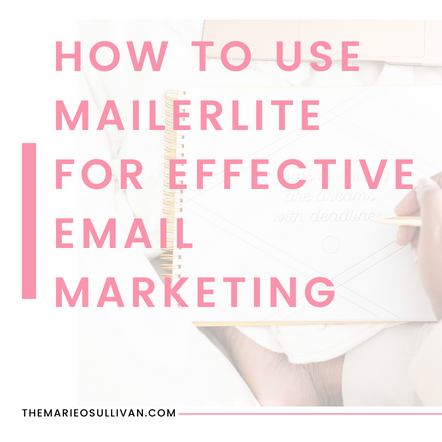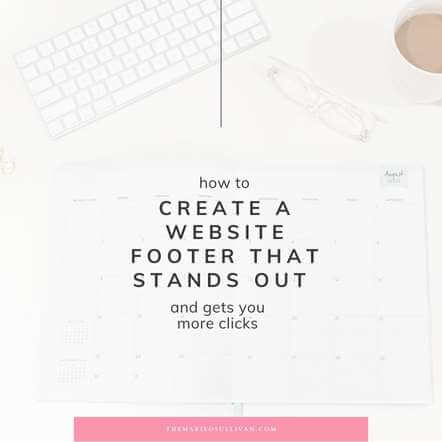Congratulations on your new site – it’s a massive milestone in your business. It can help you to feel more “legit” as a business owner. When you’re networking you have an online home to direct people to that showcases your offers and your expertise.
But a weird thing can happen – after spending time getting photos taken, putting together content and figuring out what to put on your about page, you can be left feeling a bit puzzled about what to do once your website is finally live.
So how can you leverage your new website to grow your reach and get more eyes on your offers?
I was sitting minding my own business, drinking a coffee, and thinking about a lovely client when it hit me. People often have no clue what to do after launching a website to get the most out of their brilliant new business asset.
So in this post, I’m going to cover some essential post-launch steps to help you get the most out of your fab new website.
What I'll cover
Continue To Promote The Website For A(t least a) Month
If you were opening a physical shop you’d create a big fanfare to promote it. Why not do the same to leverage your new site?
If you don’t create a buzz around your new website, all the excitement will quickly fizzle out. That’s why it’s so important to create a website launch marketing plan.
Add links to your website everywhere – your email signature, your social links page and all your social media profiles. Don’t make the mistake of just mentioning it once the day it goes live! (If you’re in my Tech Membership, I’ve got a tutorial in there showing you how to create a professional email signature).
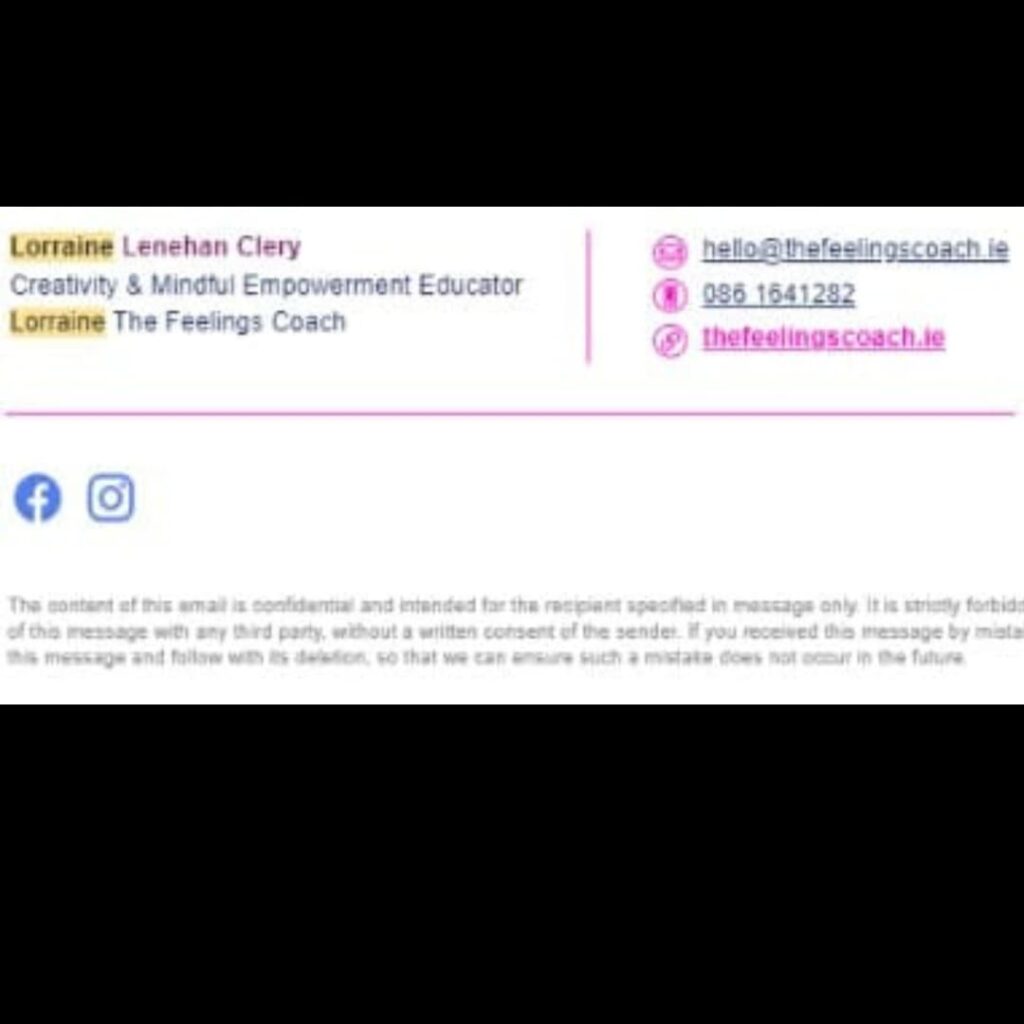
Make sure to use engaging content and eye-catching visuals in your posts so they stand out from the crowd. Think of creative ways to promote your site. One client tied a red ribbon around her computer and cut the ribbon live on Instagram as a fun way to share her excitement with her followers.
Don’t forget to thank anyone who was involved in your website launch – tag them on social media: your web designer, business coach, copywriter, photographer, etc. More than likely they’ll comment and boost your post and they might even write a case study and promote your new site to their audience, helping to grow your reach.
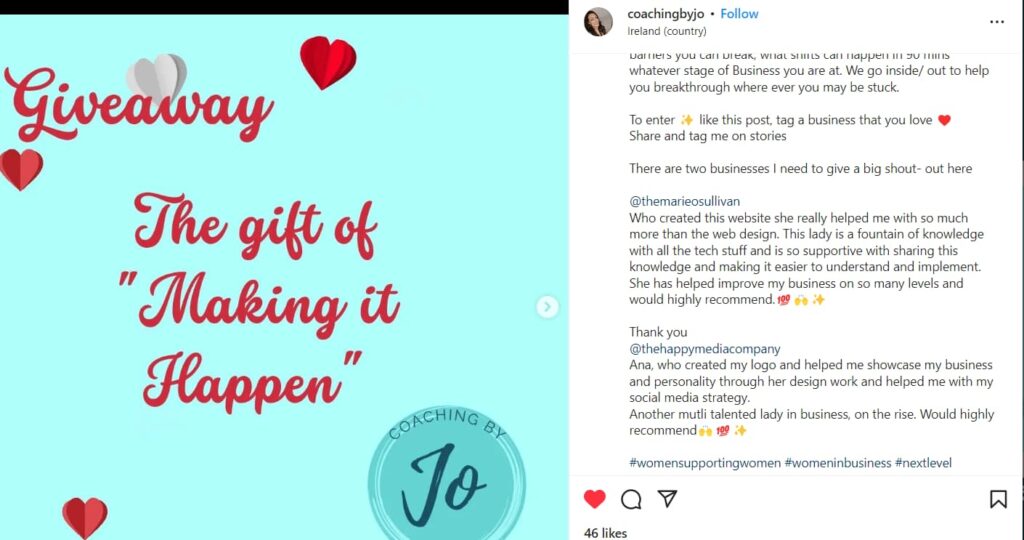
Remember that unfortunately, your ideal clients won’t feel as excited about your new website as you do – that means you need to remind them what’s in it for them.
If you have created a valuable freebie make sure to tell them about it!
Share it with your email subscribers, promote it on social media or when giving talks or guesting on podcasts. Keep up the momentum and take advantage of the initial launch buzz by reminding people how your new website makes it easier for them to access the support they need.
Highlight helpful blog posts, and tell them about how easy it is to book a free discovery call – get the maximum impact by continuing to share how your new website can benefit them.
Increase your online visibility
Set up Google Search Console so you can track your website’s performance over time. This is such a powerful tool because it gives you insights into how people find your website. For example, you might find that some marketing campaigns are more effective than others. I noticed on my website that I get more visitors from Facebook, but the ones who come through Instagram spend more time reading my content. Google Search Console is a completely free tool and if you don’t have it set up, you’re missing a trick.
Next, submit an xml sitemap to help search engines crawl your content faster and more efficiently. This helps Google and Bing to understand what your website is about more accurately and can boost rankings for certain keywords or phrases. Requesting indexing allows your website to get indexed in search engines. This means that people who are searching for what you do can find your website when they enter related terms or phrases into search.
Keep Working on SEO
Your web designer will usually set your site up for success by adding meta descriptions, keywords and image SEO to your site. Now it’s up to you to build on those foundations. You need to keep working on SEO to increase your website’s reach and get the edge over your competitors if you want to get found on the SERPs (Search Engine Results Pages).
There are three main types of SEO – On Page, Off-Page and Technical.
If you’re a coach, make sure to check out this post about SEO for Coaches.
Your focus should be on the first two if you’re serious about growing your business online.
What is On-Page SEO?
In layman’s terms, on-page SEO is all the things you can do to improve your site’s content. It includes keyword research, creating clickable descriptions for each page or post and regularly adding fresh content to your site that people are searching for.
What is Off-Page SEO?
Off-Page SEO is about things you can do to drive traffic to your site – writing guest posts, appearing on podcasts, getting backlinks to your site and promoting it on social media.
Don’t forget to make promoting your website part of your social media strategy. Explain how your new site design or website redesign makes life easier for your ideal client. Tell them about the features that make for a great user experience.
Over time, On-Page and Off-Page SEO can help you to engage with new potential clients, build your email list and grow your business.
Super Easy Ways to Get Backlinks to Your Website
Write a testimonial for your business coach/web designer/copywriter/photographer: more than likely they’ll add it to their website and give you a link back to your site.
Add your website to related business directories in your niche – see my post about marketing for therapists and coaches for inspiration
Create a Google Business Profile
Build internal Links – this just means make sure to link to your own pages and posts. You can use a plugin to easily add related posts to the bottom of each blog post. Give Link Whisper a whirl to speed this up.
Every time you add a new page or blog post take advantage of SEO opportunities like keyword research and search intent to boost the likelihood of visitors coming to your site.
Knowing which words people are searching for will give you an edge over your competitors when it comes to being found in search engine results pages (SERPs). Plus, ensuring all pages have accurate meta titles and descriptions makes them easier for Google spiders to index properly – boosting rankings even further!
Frequently Asked Questions About Launching a New Website
How Much Should I Budget For Promoting My New Site?
There are many completely free ways to promote and market your site. Here are some ways to make sure qualified leads find your site:
Use social media platforms: Invest time into using Instagram, Linkedin, Facebook etc. to promote your site. Think about which platform is the best fit for your target audience.
Leverage your existing audience: Create giveaways and use your email list to generate a buzz around your new website.
Create new content: Aim at creating blog content that creates awareness about what you offer and why it’s so valuable. Check out my blog content planner to help you get started with your content strategy.
Add blogs, videos, podcasts or infographics to your site regularly and tell your audience about the helpful content you’ve created so that they have a reason to visit your site.
If you have some money to invest you can also run paid search campaigns to run adverts to your site based on keywords relating to your services and offers. This can help to get you noticed by qualified leads who are already looking for the services you offer on the SERPs.
How Frequently Should I Update My Website?
Please don’t leave your website just sitting there like a crumpled business card buried at the bottom of your handbag. If you’re serious about getting more eyes on your website you need to update it regularly. Why else would visitors return? If you’re not keeping your site up to date or adding new helpful information there’s no reason for them to visit.
Key Takeaway
Launching a new website is a golden opportunity to generate a buzz about your business. But you have to actively promote it if you want to get it seen by as many people as possible (unless you’re Kevin Costner, in which case you can completely disregard this post).
Digital marketing coupled with a strong social media presence can get your website launch campaign off to a flying start.
Wishing you massive success with your new website, and if you’ve come up with a creative way to create some hype, please do share it below.

